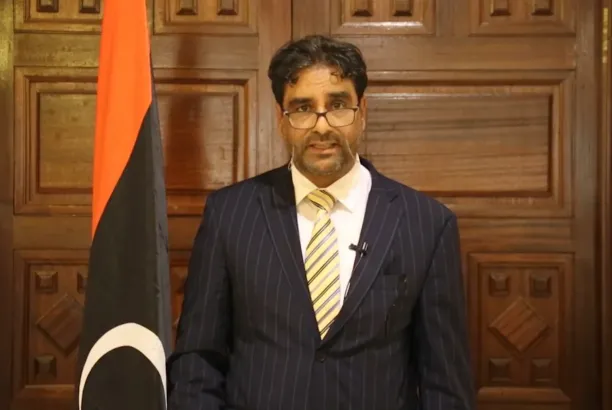Economic expert Mohammed Abu Snina wrote an article in which he stated:
“Some pages on social media have circulated the information regarding the increase in the profits of commercial banks combined, during the current year until the end of the third quarter of the 2024 fiscal year. These profits reached 1.639 billion dinars, compared to 668.0 million dinars at the end of the third quarter of 2023, marking an increase of 145.4%.
The financial and objective assessment of this indicator, in order to judge the soundness of the banks’ performance, requires consideration of other related indicators. The most important of these indicators is the extent to which commercial banks have maintained sufficient provisions to cover doubtful debts, and the adequacy of these provisions. In other words, the size of the provisions gap as shown in the consolidated financial position of the commercial banks.”
The report indicates that the coverage ratio of provisions for doubtful debts to total non-performing loans stood at 58.6% at the end of the third quarter of 2024. This means that the provisions gap amounts to 41.4%. It would have been better if the banks had allocated a larger portion of their income to form more provisions to strengthen their financial position and reduce the gap. However, the banks preferred to announce large profits at the expense of forming adequate provisions to cover their non-performing debts, despite the fact that non-performing loans still exceed 20% of the total credit portfolio.
Another important indicator when evaluating the profits achieved by the banks is the source of income that led to these profits. Banks generally focus on increasing income derived from their core business, which mainly consists of the loans and facilities they provide within their primary role of financial intermediation—using deposits for financing and creating credit. In this regard, the report indicates that income-generating assets are low, accounting for less than 20% of total assets, which reflects the weakness or low utilization of funds by commercial banks.
Another notable observation is the increase in the balance of overdraft accounts with correspondent banks (abroad), which are accounts denominated in foreign currency. The report shows that the overdraft balance increased from the equivalent of 181.2 million dinars at the end of the third quarter of 2023 to the equivalent of 763.5 million dinars, an increase of 421.4% by the end of the third quarter of 2024. The report attributes this relatively large overdraft balance to the delay in settling accounts with correspondent banks, exposing them to interest payments that will reduce their expected profits by the end of the fiscal year, in addition to the risks associated with the rising exchange rate of the US dollar.
In conclusion, the profits announced at the end of the third quarter of 2024 should be viewed with caution, as they came at the expense of obligations that banks should not have ignored. Furthermore, most of these profits are a result of fees and commissions imposed by banks on their customers, rather than from financing activities related to their core operations.






